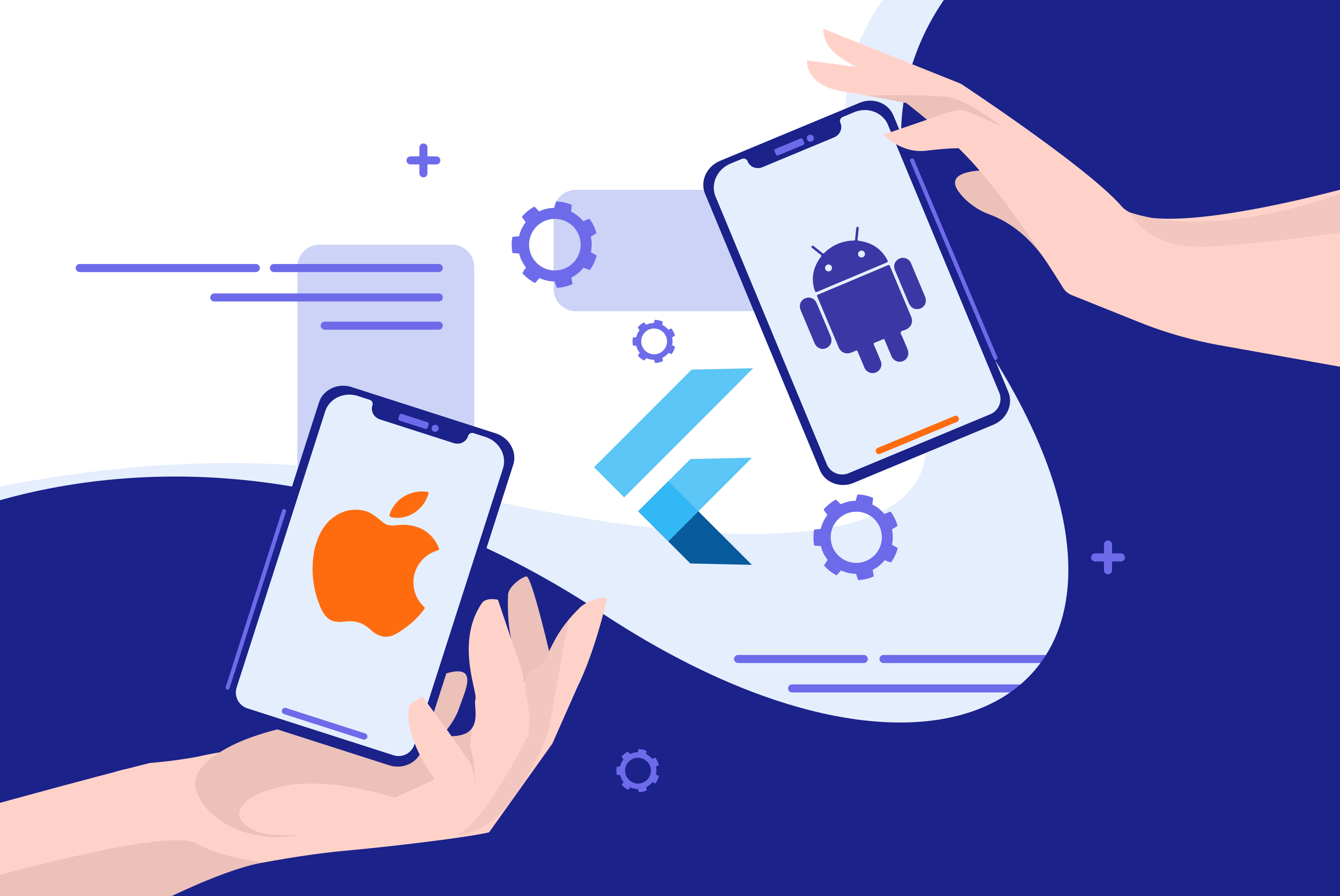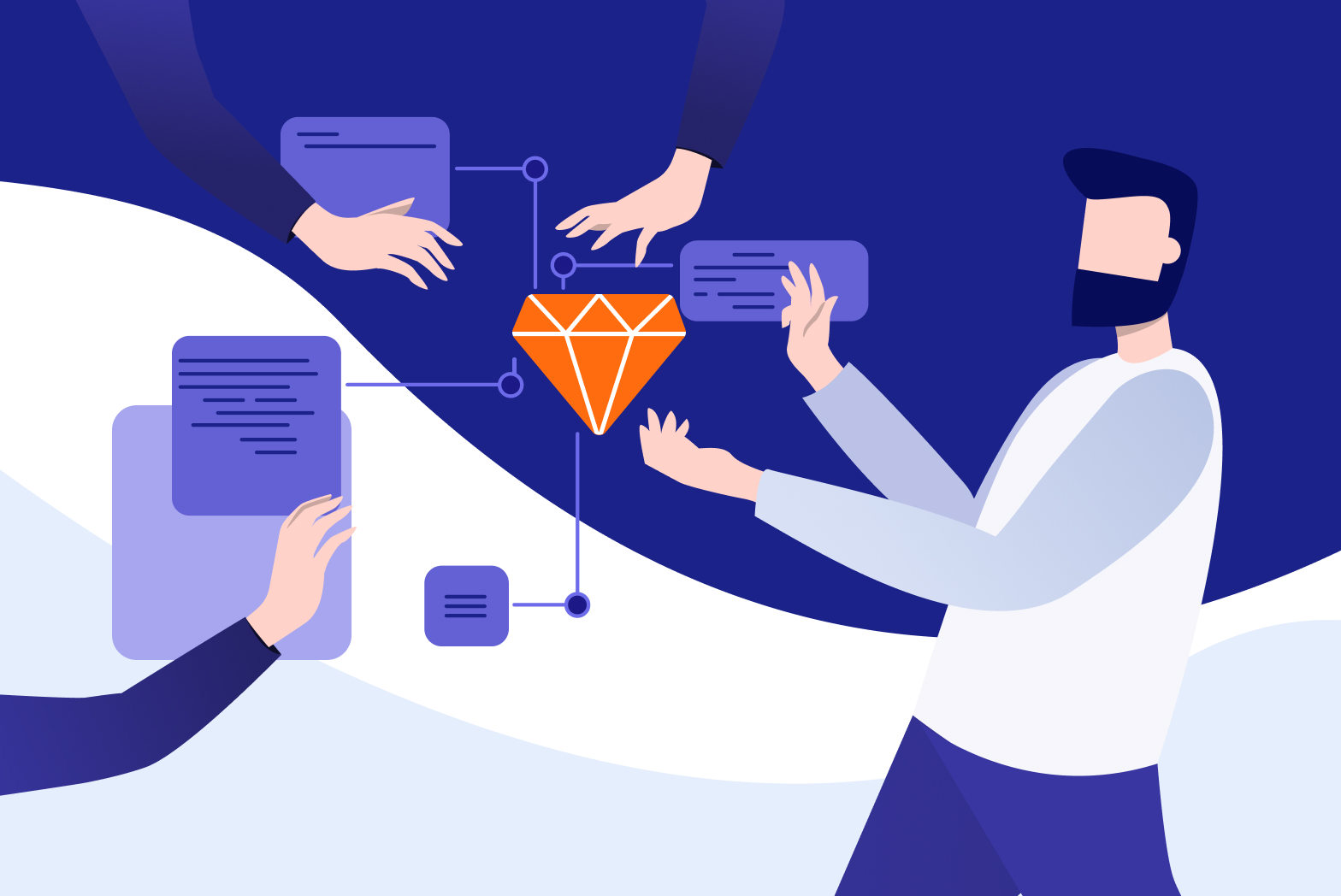
With the evolution of the global business sphere, it is important for businesses and application developers to reconsider their approach towards their user experience. With the smartphone consumption of the average user expanding on a regular basis, the combined application market is becoming one of the most primary avenues for companies to connect with their customers and provide them with an interactive platform.
Conventional developmental practices require developers to pursue separate developmental efforts for both iOS and Android applications. This can be a complex process because of the inherent complexity of managing programs across two different languages with the subsequent framework involved in the management process. From constant updates to active correspondence, having to maintain a consistent experience across two applications can be a highly challenging process.
This can deter most people from delving into the application development space because of the overwhelming amount of resources required. However, opting for a different approach can simplify the process.
Exploring Flutter
Flutter emerges as the optimal savior for everyone looking to have a smooth development experience. Google’s mobile development framework enables developers to benefit from a seamless mechanism to connect with developers and create connected applications across iOS and Android through a hybrid application.
Sounds Promising?
You’d be blown away by how simple the development process with Flutter can be!
Thanks to the simplified development process in Dart, the rendering of the UI is done through the UI with a native compilation of the base code. This also enables the application to have seamless access to integrate-able API, including the Bluetooth and GPS one.
A major part of what makes Flutter standout is the simplification of the development process using a variety of different widgets. These widgets can be described as the central building blocks of Flutter applications. The utilization of these widgets adds a layer of convenience to the development process and allows the developed widgets to be easily re-used across other development renditions. The use of widgets also leads to enhanced uniformity throughout the application experience on the native iOS and Android platforms. For developers, the consistency of API incorporation is also enhanced while access core native services.
Today, we’ll explore a simple developmental experience in Flutter while dabbling into Dart to help you have an idea of how easy the whole process is.
What Makes Flutter the Optimal Development Framework?
Flutter is rapidly expanding in popularity to become one of the most commonly used frameworks in the developing world. The applications developed using Flutter are gaining traction and leading the charts in application stores as well.
Here are some of the biggest reasons behind the rapid growth of the framework.
Backing from Google
Having support from the most organized software company in the world is one of the biggest advantages offered by the framework. Flutter offers actively growing libraries and simplified support mechanisms to provide a stable development environment.
Compatible Across Most Key Platforms
Most leading frameworks are limited in their development ability because of being available on a single platform. Flutter overcomes that shortcoming by providing comprehensive coverage across Linux, Windows, and Mac environments.
Simplified Setup Options
Flutter makes the startup process a breeze thanks to its comprehensive compatibility with a diverse range of systems. Most conventional frameworks require power-house setups to move through the development process. Flutter removes the hassle by making it simple to get started with its expansive compatibility.
Comprehensive Documentation Support
Thanks to the effort put in by the company, Flutter provides detailed documented guidelines on every major topic. This simplifies the coding process by allowing you to benefit from a well-documented framework.
Getting Started with The Development Process
The development process is initiated with the installation of an Integrated Development Environment on your development device. Android Studio is the optimal choice because of the integrated Flutter plugin installation being simplified throughout the development process.
To get started with the development process, we need to open Android Studio and select the “Start a new Flutter project” option. The option is followed through with the selection of the “Flutter Application” as the core project type.
The SDK installation path is entered before the project name is entered. The IDE moves forward with the installation of the SDK and creates the project.
After the creation of the project, the “main.dart” file is the central class where the main() is stored. However, before the development process can move forward, and Android virtual device needs to be configured to process the development process forward.
Creating an Android Virtual Device
The Android Virtual Device (AVD) configuration can be done simply through the AVD Manager. Navigate to the Tools and explore the AVD Manager.
After selecting the manager, select the optimal hardware device and system image based on your testing requirements. Once you’ve selected the system image based on the API level, simply move to the Recommended tab list and run the optimal version.
You may need to download and install the subsequent system image before being able to access it. Internet connection is required for the download.
Considering the variability in sample application developments and the nature of the potential widgets that can be utilized across Flutter, we’re not delving into the detail of the follow-through coding process, but the simplicity of the coding process as elaborated in the Flutter Documentation offers you a wide range of developmental possibilities based on your specific requirements. Make sure you play around and explore the integrated features before developing your first application.
Conclusion
As we demonstrated above, Flutter presents a comprehensive cross-platform development solution thanks to its low learning curve and embedded features. With performance and visual outlook parallel to native applications, the Flutter development process is continuously growing at a rapid rate. Even though it is hard to forecast the direction application development takes, we can confidently predict that Flutter is definitely here to stay!









